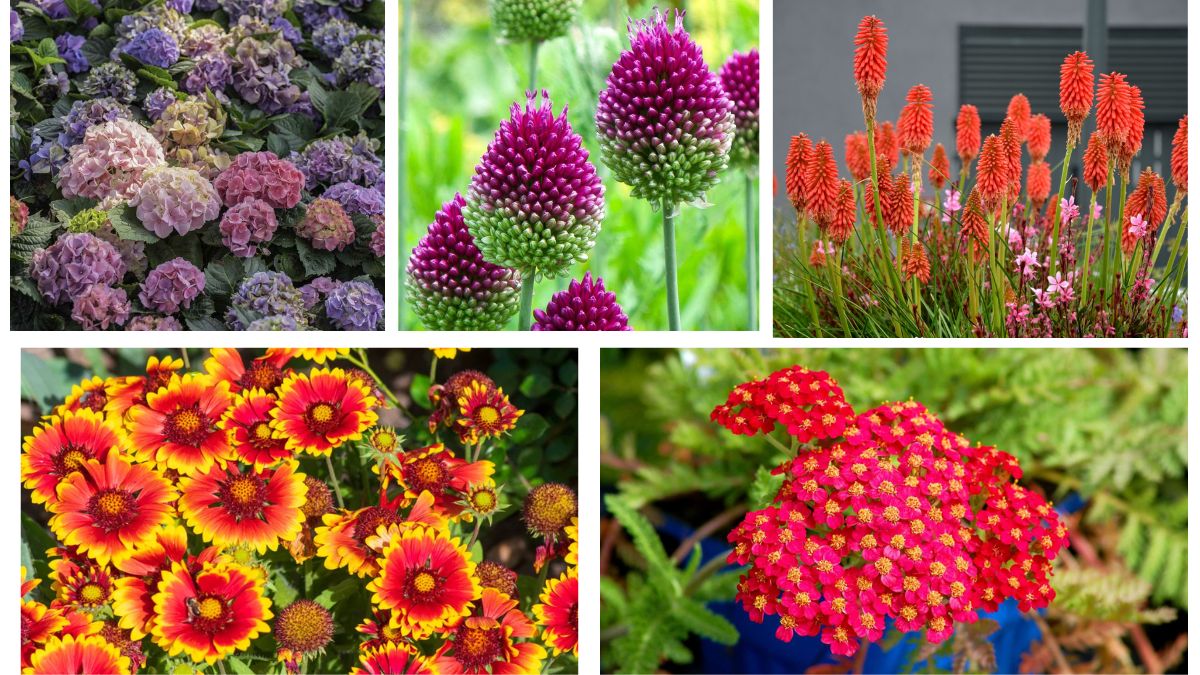Perennials are the reliable stars of home gardens — plants that return year after year, gracing landscapes with their colorful blooms and lush foliage. Unlike annuals that complete their life cycle in one season, perennials regrow from their root systems each spring, often growing larger and more beautiful with time. One of the most common questions among gardeners is when do most perennials bloom?
Understanding the blooming times of perennials is essential for planning a balanced and vibrant garden throughout the growing season. In this article, we’ll explore when most perennials bloom, the factors that affect their flowering schedules, examples of popular perennials by season, and how to plan a continuous-blooming perennial garden.
What Are Perennials?
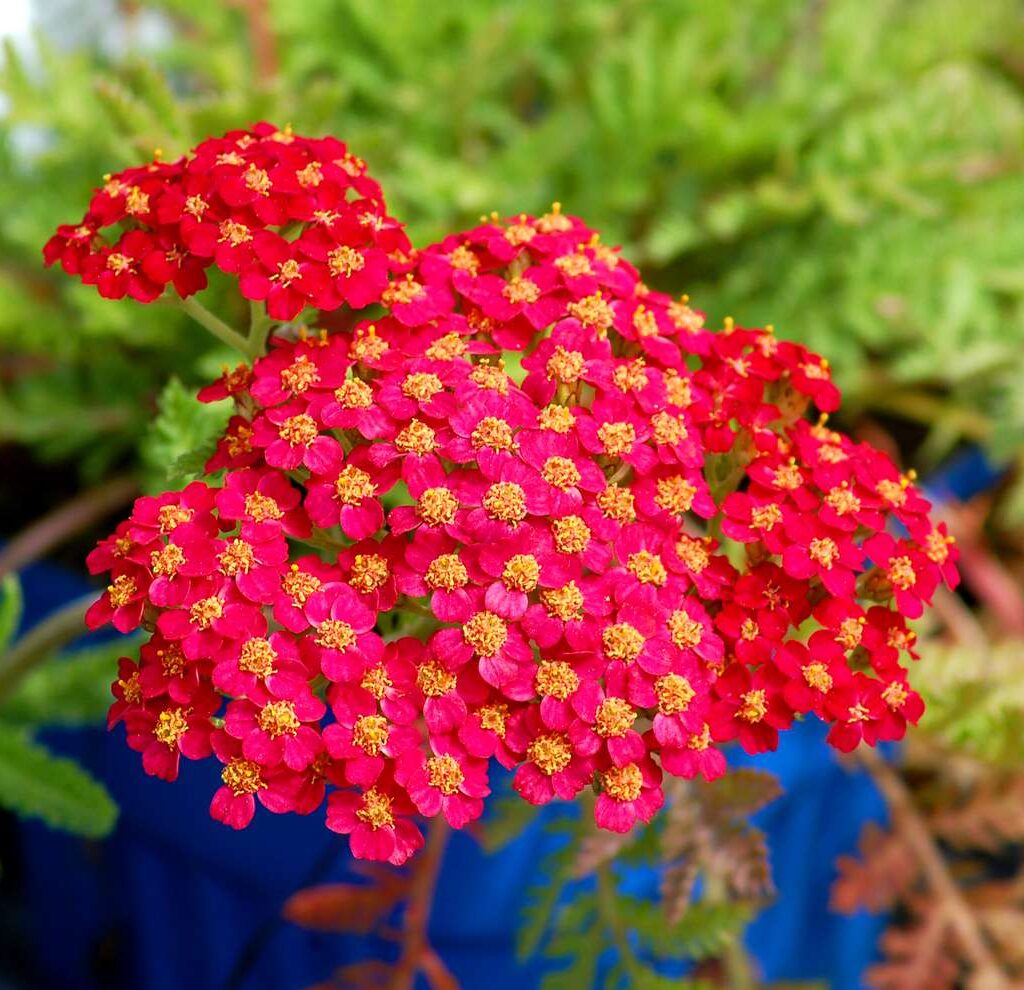
Perennials are plants that live for more than two years, typically dying back to the ground in winter and regrowing from the same root system in spring. Depending on the species, some perennials bloom for a few weeks, while others flower repeatedly throughout the season.
Characteristics of Perennials:
- Return each year from the same root system.
- Can bloom in spring, summer, fall — or sometimes multiple times per season.
- Require less replanting than annuals.
- Include flowering plants, ground covers, shrubs, and ornamental grasses.
The Blooming Calendar: When Do Most Perennials Bloom?
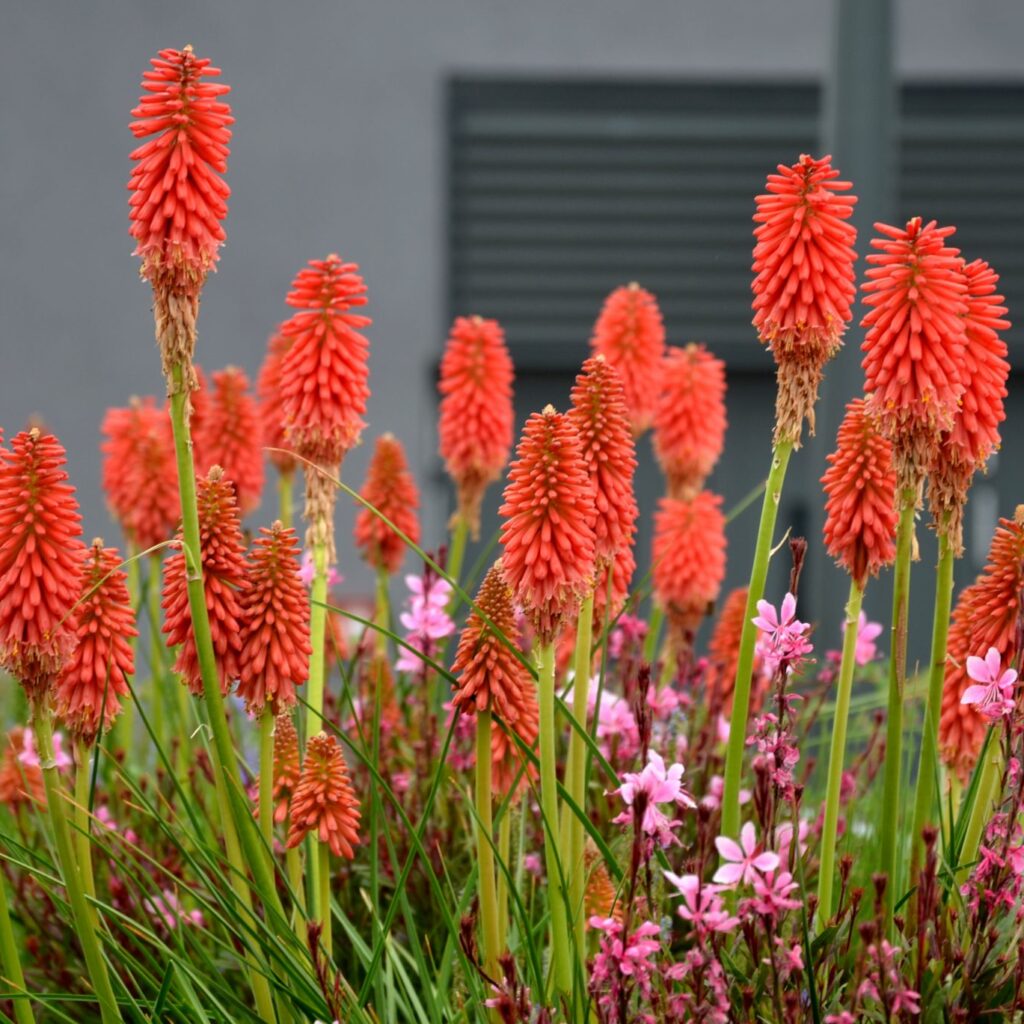
Perennials have varied blooming schedules based on their species, climate, and growing conditions. However, they generally fall into three main blooming categories:
Spring-Blooming Perennials
Bloom time: Late March to May (depending on climate)
These early bloomers bring much-needed color after the winter months. Spring perennials often start flowering as soon as temperatures warm and days lengthen.
Examples:
- Bleeding Heart (Dicentra spectabilis)
- Peonies (Paeonia spp.)
- Iris
- Creeping Phlox (Phlox subulata)
- Columbine (Aquilegia spp.)
- Lungwort (Pulmonaria)
Garden Tip:
Pair early bloomers with later-flowering plants to avoid bare garden spots after their flowering period ends.
Summer-Blooming Perennials
Bloom time: June to August
Most perennials reach their peak in summer, with a dazzling display of color, fragrance, and pollinator activity. These plants thrive in the long, warm days and abundant sunshine of summer.
Examples:
- Daylilies (Hemerocallis spp.)
- Coneflowers (Echinacea spp.)
- Black-eyed Susan (Rudbeckia hirta)
- Shasta Daisy (Leucanthemum × superbum)
- Bee Balm (Monarda spp.)
- Coreopsis
Garden Tip:
Deadhead spent blooms to encourage repeat flowering in many summer perennials.
Fall-Blooming Perennials
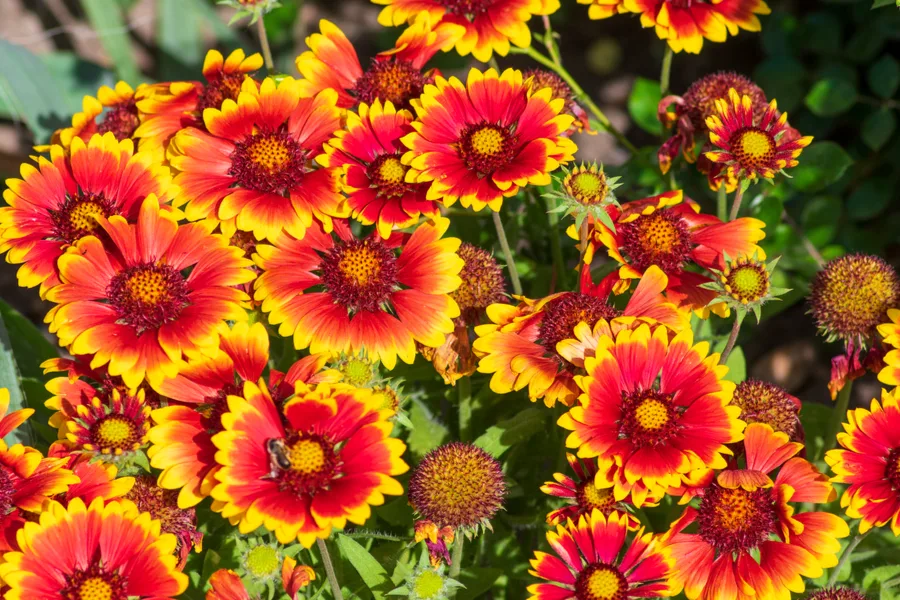
Bloom time: September to early November
Late-season perennials extend the garden’s color into autumn, offering vital food sources for pollinators preparing for winter.
Examples:
- Asters (Symphyotrichum spp.)
- Chrysanthemums
- Goldenrod (Solidago spp.)
- Sedum (Hylotelephium telephium, ‘Autumn Joy’)
- Japanese Anemone (Anemone hupehensis)
Garden Tip:
Combine fall perennials with late-blooming annuals for maximum end-of-season impact.
Factors That Affect Perennial Bloom Times
While perennials have typical blooming seasons, several factors can influence exactly when they flower:
Climate and Hardiness Zone
Perennials bloom earlier in warm, mild regions and later in cooler, northern climates. Always check your plant’s USDA hardiness zone to estimate its flowering period.
Soil Temperature and Moisture
Some perennials need consistently warm soil to break dormancy, while others bloom quickly in cool, moist spring conditions.
Sun Exposure
Most flowering perennials prefer full sun (6+ hours of direct sunlight daily). Shade-tolerant perennials may bloom a bit later and require less light.
Pruning and Deadheading
Removing spent blooms (deadheading) or cutting plants back in early spring can encourage repeat blooms or shift bloom times slightly.
Fertilization and Soil Health
Healthy, fertile soil promotes strong, timely flowering. Over-fertilizing, especially with high-nitrogen fertilizers, can delay or reduce blooming.
Perennials That Rebloom or Have Long Flowering Periods
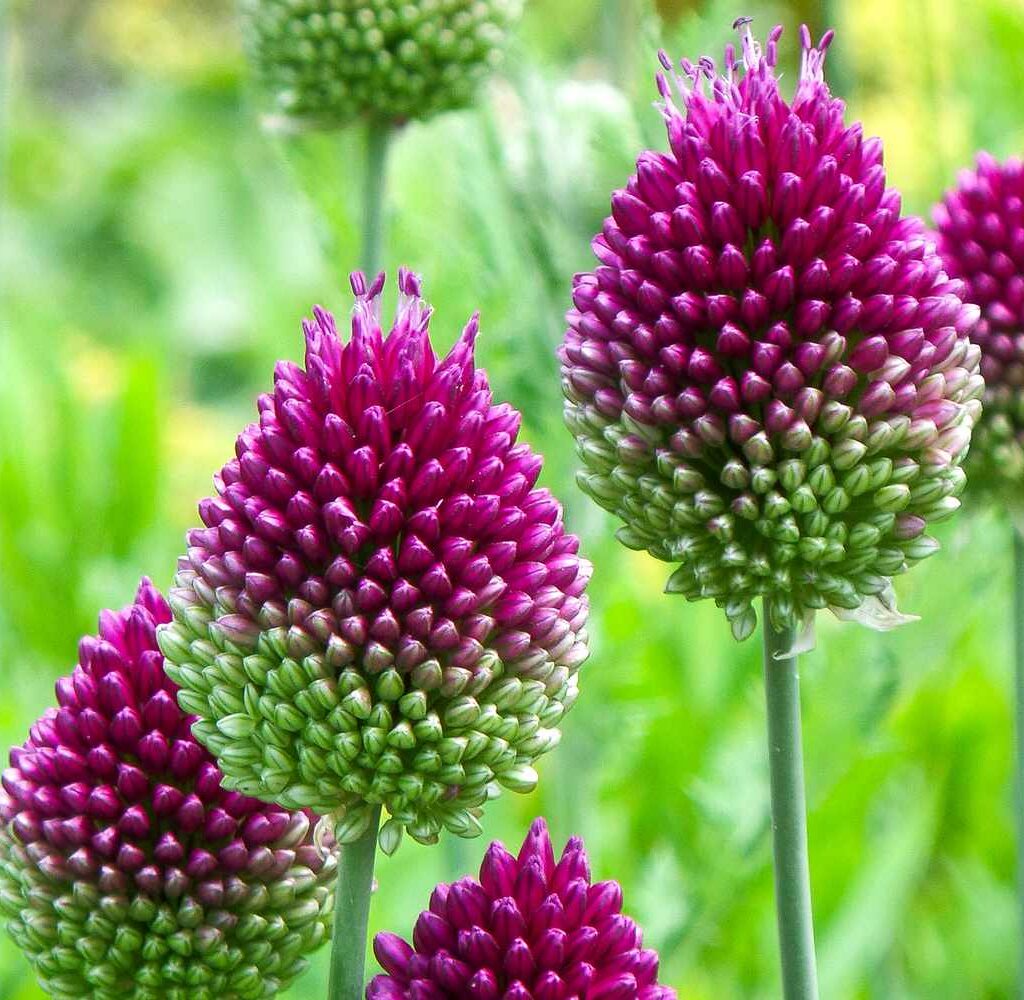
Some perennials are especially valued for their extended or repeat bloom times, providing color for weeks or even months.
Notable Long-Flowering or Reblooming Perennials:
- Coreopsis: Blooms from early summer to fall with regular deadheading.
- Salvia (Salvia nemorosa): Reblooming varieties flower from June to September.
- Catmint (Nepeta spp.): Long-lasting flowers attract pollinators all summer.
- Daylilies: Some varieties offer multiple waves of blooms.
- Gaura (Oenothera lindheimeri): Airy flowers from late spring to fall.
Garden Tip:
Incorporate these long-blooming perennials with seasonal plants for continuous garden color.
How to Plan a Continuous-Blooming Perennial Garden
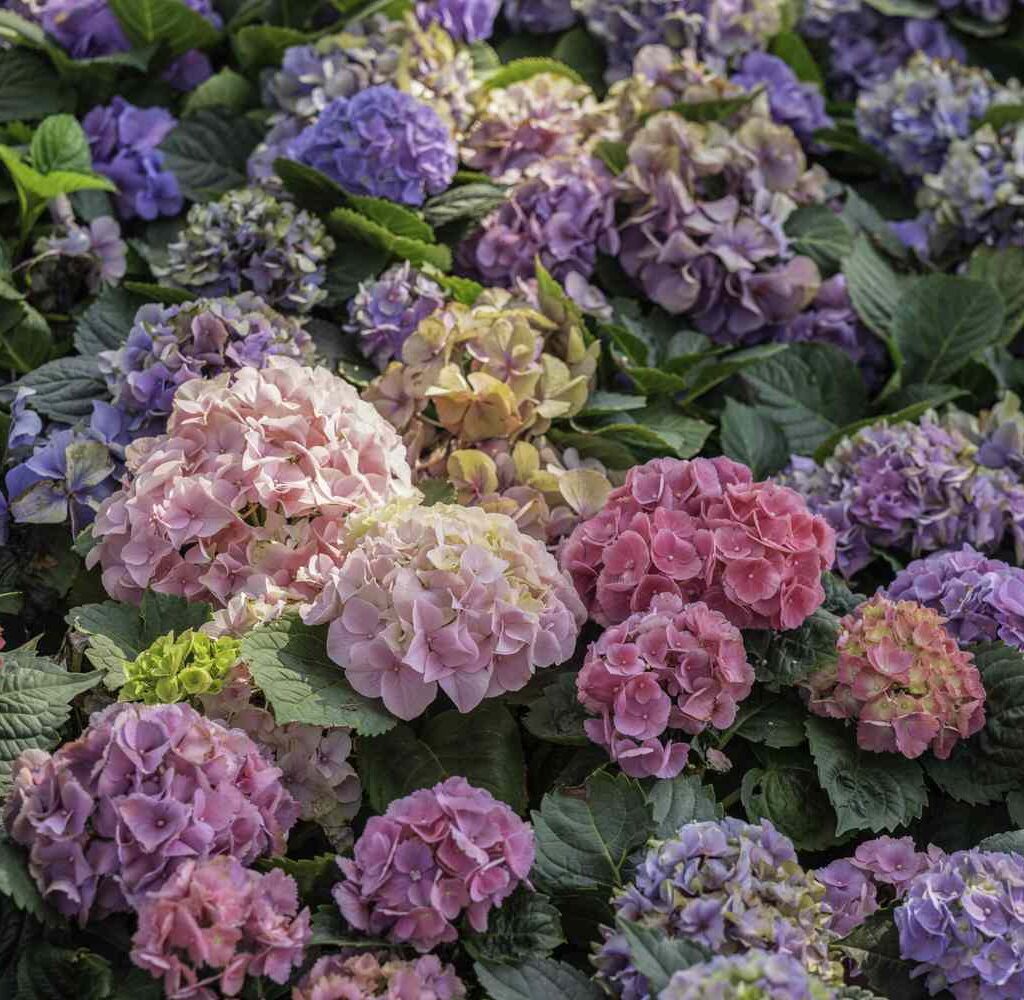
The secret to a perennial garden that shines from spring to fall lies in succession planting — combining early, mid, and late-blooming plants for overlapping and continuous color.
Steps to Design a Bloom-Continuous Garden:
- Make a bloom calendar listing perennials by their expected flowering months.
- Select plants for each season to avoid bare spots at any point.
- Use a mix of heights and textures for visual interest.
- Include reblooming or long-flowering perennials to bridge gaps between seasons.
- Complement with annuals and flowering shrubs for additional color bursts.
Example Combo:
- Spring: Bleeding Heart, Peonies
- Summer: Daylilies, Coneflowers, Bee Balm
- Fall: Asters, Sedum, Japanese Anemone
Common Mistakes in Managing Perennial Bloom Times
Planting All Early or All Late-Bloomers
This leaves your garden empty for much of the year. Aim for a balanced mix.
Ignoring Local Climate Differences
Always check regional planting calendars to predict accurate bloom times for your area.
Forgetting to Deadhead
Allowing spent flowers to remain can reduce or halt blooming in some species.
Over-fertilizing
Too much nitrogen can result in lush foliage with few or no flowers.
Conclusion
So, when do most perennials bloom? The answer depends on the species, but perennials generally flower in three waves: spring, summer, and fall. With a little planning and an understanding of bloom calendars, gardeners can design beautiful, long-lasting displays that evolve with the seasons.
By selecting a diverse mix of early, mid, and late-blooming perennials, incorporating rebloomers, and managing care practices like deadheading and fertilization, you can enjoy continuous bursts of color, fragrance, and pollinator activity in your garden from March through November.
Perennials are not only reliable and resilient, but they also offer endless possibilities for creativity in garden design. With thoughtful planning, your perennial garden can become a dynamic, living tapestry that changes and blooms beautifully across the seasons.
